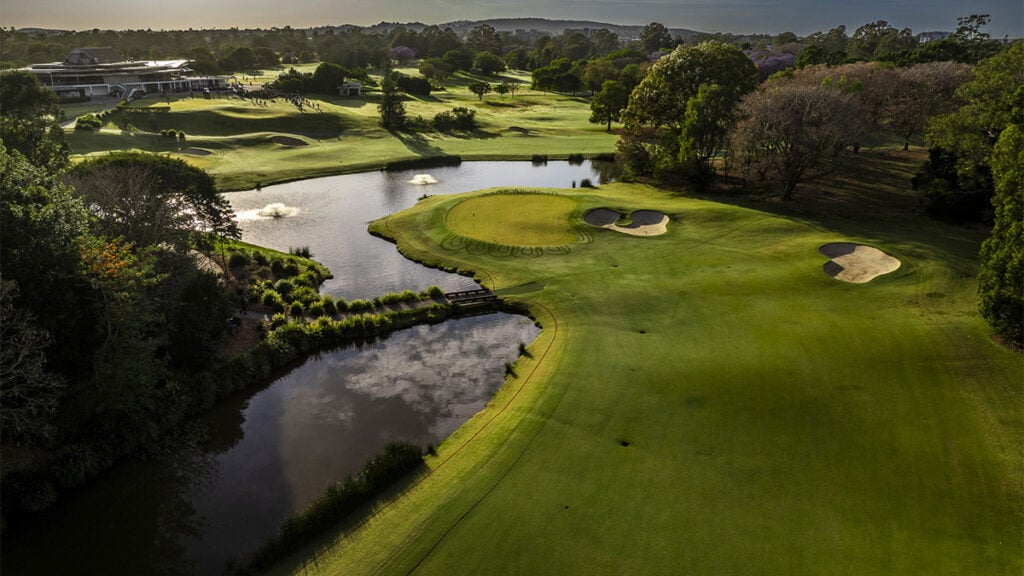[PHOTO: Christian Petersen]
Question: Is there equipment that can gain back some of my distance? I’m 68 years old and hit the ball 20 metres shorter than I did 10 years ago.
Answer: Seeing how the two of us who write this column are in our 60s, we feel your pain. You are also not alone, as Arccos research reveals.
RELATED: Driving distance at a standstill for average golfers as ball rollback looms
There are few things more dejecting in golf than no longer being able to carry that bunker at the corner of the dogleg or having to go up a club or two on a par 3 where you used to hit 9-iron on and now sheepishly haul out the 7-iron.
We’re guessing you’re not looking for us to tell you to hit the gym. Still, although equipment can never fully mitigate a 20-metre loss (Father Time remains undefeated, except perhaps for Bernhard Langer), making sure you’re optimising your launch conditions is a great place to start and can help significantly.
As your swing speed drops, your launch conditions are probably changing. If you’re launching it too low or spinning it too much, those can be distance robbers that can be somewhat addressed by adjusting loft. That can be as easy as taking out that wrench and fiddling with some different settings to see if you can find a more desirable launch/spin combination. We prefer you see a respected clubfitter, but failing that, try to find a launch monitor to rely on rather than eyeballing it. Rapsodo’s MLM2Pro, which we use at the Golf Digest Hot List, is both reliable and highly portable if you’re so inclined.
Some other options include going to a lighter shaft. That can add some swing speed, but it’s not a given it will produce a more efficient strike. There is such a thing as too light, but going lighter is worth exploring. Again, there is no one silver bullet, but if you stack a number of incremental gains on top of each other, you’ll notice the difference.
In irons, if you’re still swinging heavy steel shafts, a lightweight steel or graphite option could help you gain back some distance in those clubs. Let’s be serious, at your (our) age, if you’re still swinging steel you’d better be playing the PGA Legends Tour or competing in the Australian Senior Amateur. Also, a number of irons released in recent years have much springier faces that can bring back metres. Look at your wedges as well. Muscleback wedges with heavy steel shafts are tour-pro cool, but wedges that are more of a cavity back with lighter shafts might be easier to hit on full-swing shots.
Also, you can look at golf ball to get more efficient flight, not just with driver but irons, too. You can’t hit Bridgestone’s Tour B X at 70 and get distance. Just ask Fred Couples [pictured]. Actually, we did (well, we asked Bridgestone to ask Freddie):
“If I were younger, I’d probably still be playing Tiger’s ball,” Couples said. “But at this point in my career, the Tour B RX [a ball targeted at driver swings slower than 105mph] just fits me better. I can still swing smooth, and it gives me more distance and the control I need.” In short, the RX maximises performance at Couples’ current swing speed, ensuring he doesn’t sacrifice power while gaining consistency.
Are you going to find 20 metres? Unless you’re swinging persimmon or poorly fit clubs, probably not. But there are – without question – metres to be gained through equipment, in woods, irons and golf balls for golfers of all ages.




